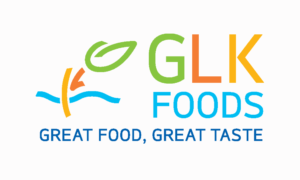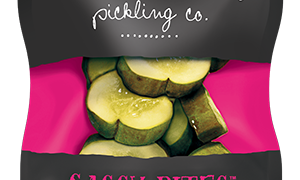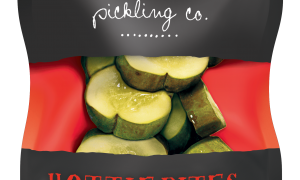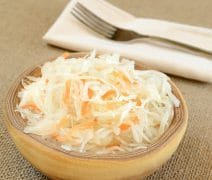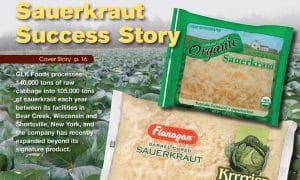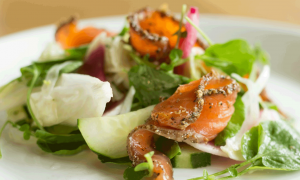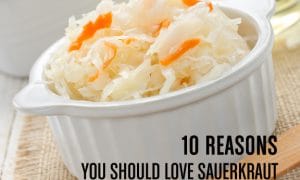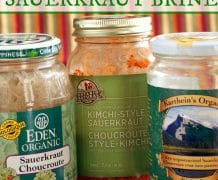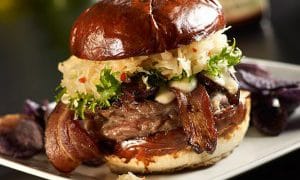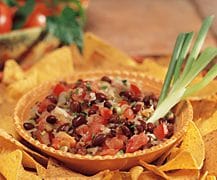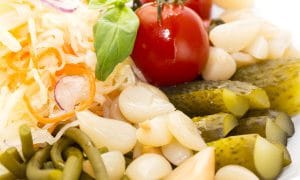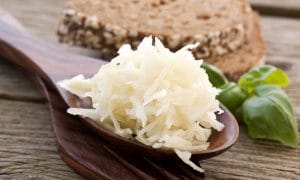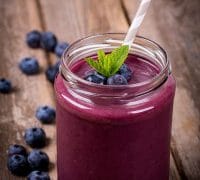Let's Connect
To share a recent experience with one of our products, please click here. If you have other questions, comments, or ideas that you would like to share, please let us know by completing the short form below. Keep checking back — we are always up to something new!
Let's Connect!

Newsroom
Stay connected to innovative products and the people who make them.
Cultured Foods Bring ‘Good’ Bacteria to our Taste Buds
The human body carries more than 100 trillion bacteria – about 5 pounds’ worth. In fact, there are more bacteria in your body than cells.
Scientists tell us that each of us has a unique bacteria “fingerprint” created by genes, environmental factors, medication and our daily menu. More scientists and health professionals are beginning to believe that this landscape of microflora in the human body may be the key to a person’s health.
And eating fermented foods is a simple way to inoculate your body with good bacteria.
That might not fully explain why fermentation has become a hot culinary trend. But hot it is, with restaurants turning out fermented foods in their kitchens, and home fermentation classes and festivals springing up all over.
But what exactly is fermentation?
In “The Art of Fermentation” (Chelsea Green, 2012), author Sandor Ellix Katz colorfully describes fermented food as “the flavorful space between fresh and rotten, where most of human culture’s most prized delicacies and culinary achievements exist.”
Scientifically, the process is “the transformation of food by various bacteria, fungi and the enzymes they produce,” Katz explains. Essentially, microscopic organisms interact with food by feeding on sugars and changing the food’s chemistry. Think fruit juice turning into wine or cabbage into kraut.
Typically, those microorganisms are the wild and ever-present lactic acid bacteria. As they eat the sugar, they multiply and create lactic acid, which is what keeps the food safe. (Not many microbes can survive in such an acidic environment).
Fermentation has been practiced as a preservation technique for thousands of years.
Beer, chocolate, yogurt and cheese are popular fermented foods enjoyed regularly, but most people don’t think about the friendly little bacteria that made them possible.
Today, the tangy taste of true sour pickles and kraut is mimicked with a vinegar solution and heated to seal the container safely.
Article from http://www.jsonline.com, May 14, 2013, By Anna Thomas Bates, Special to the Journal Sentinel.
Category: Industry News
Other Press Releases

In 2010, the company was renamed GLK Foods to align with our strategy to bring innovative products beyond kraut to market.
To share a recent experience with one of our products, please click here.
GLK Sauerkraut, LLC | 4600 American Pkwy, Suite 300, Madison, WI 53718 | Copyright © 2025 GLK Sauerkraut, LLC. All rights reserved | PRIVACY POLICY | TERMS OF USE

